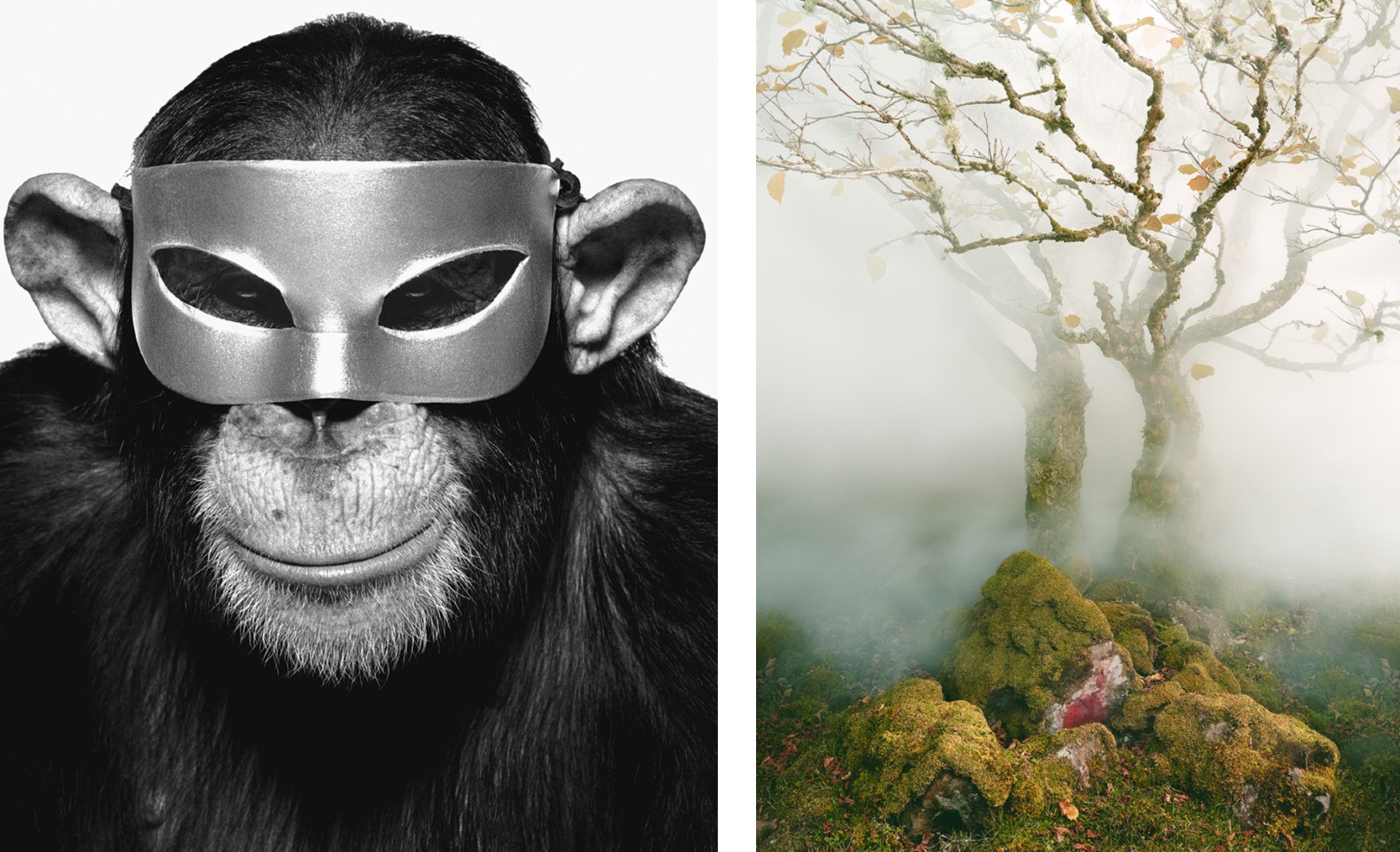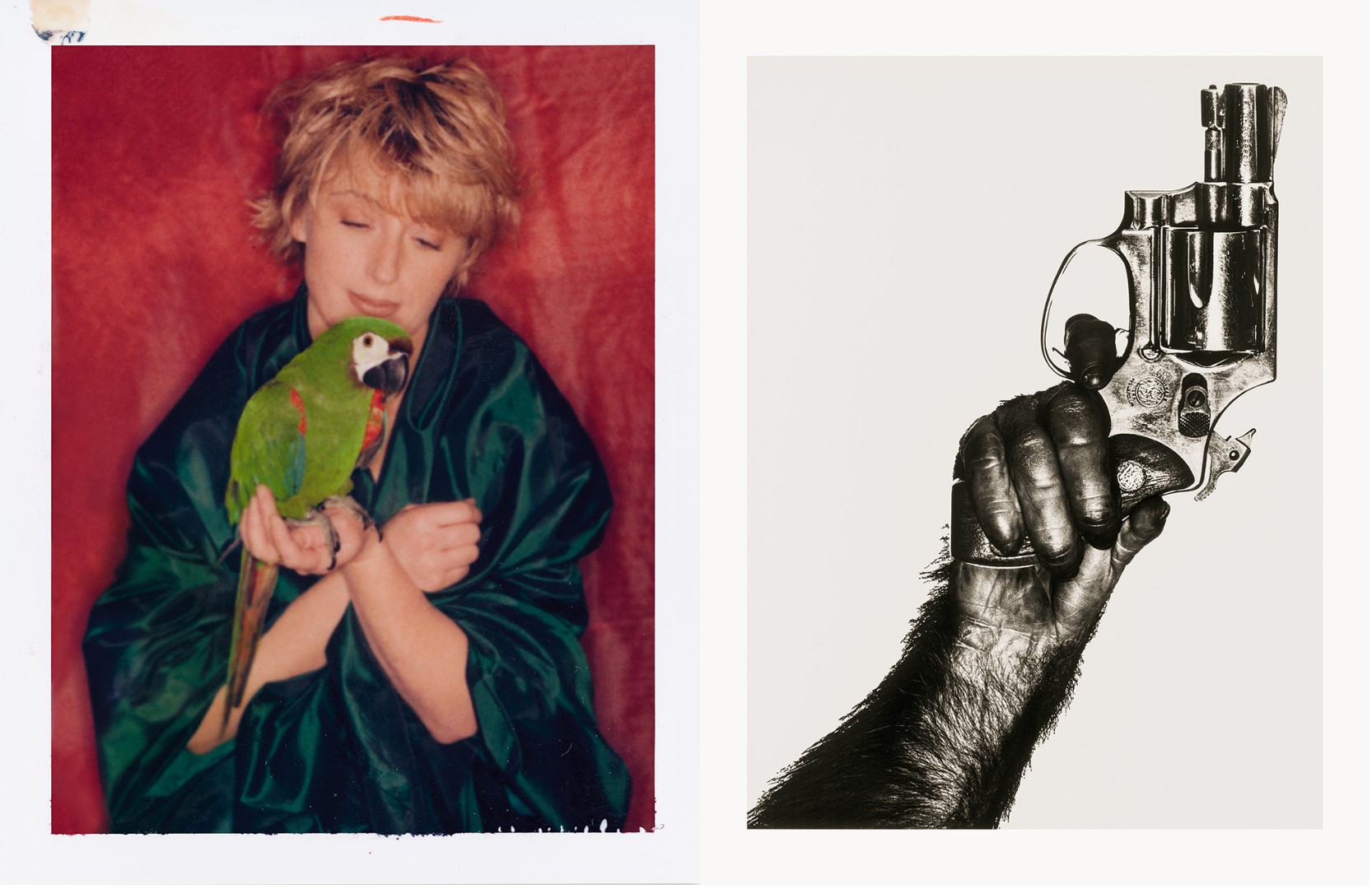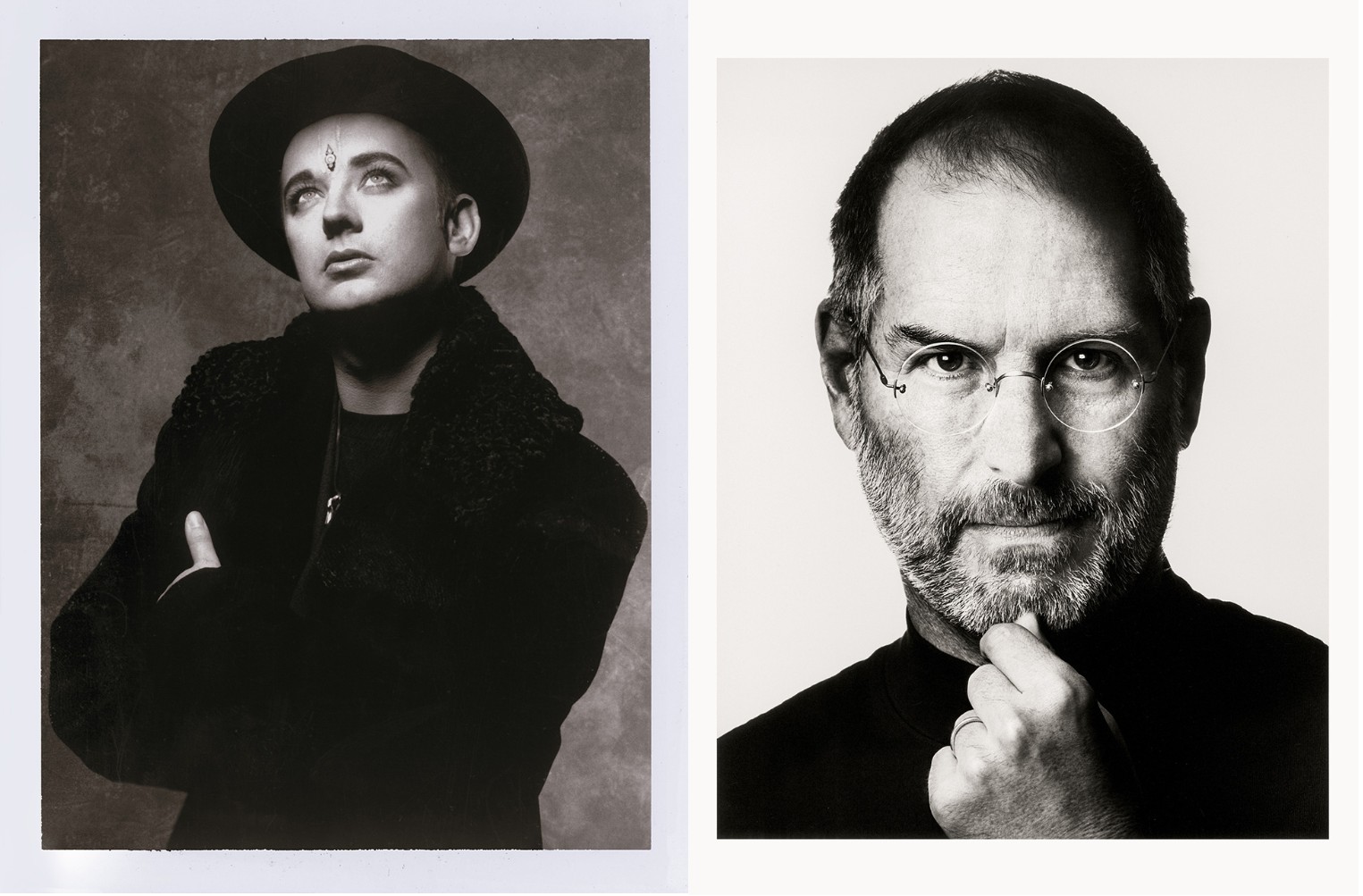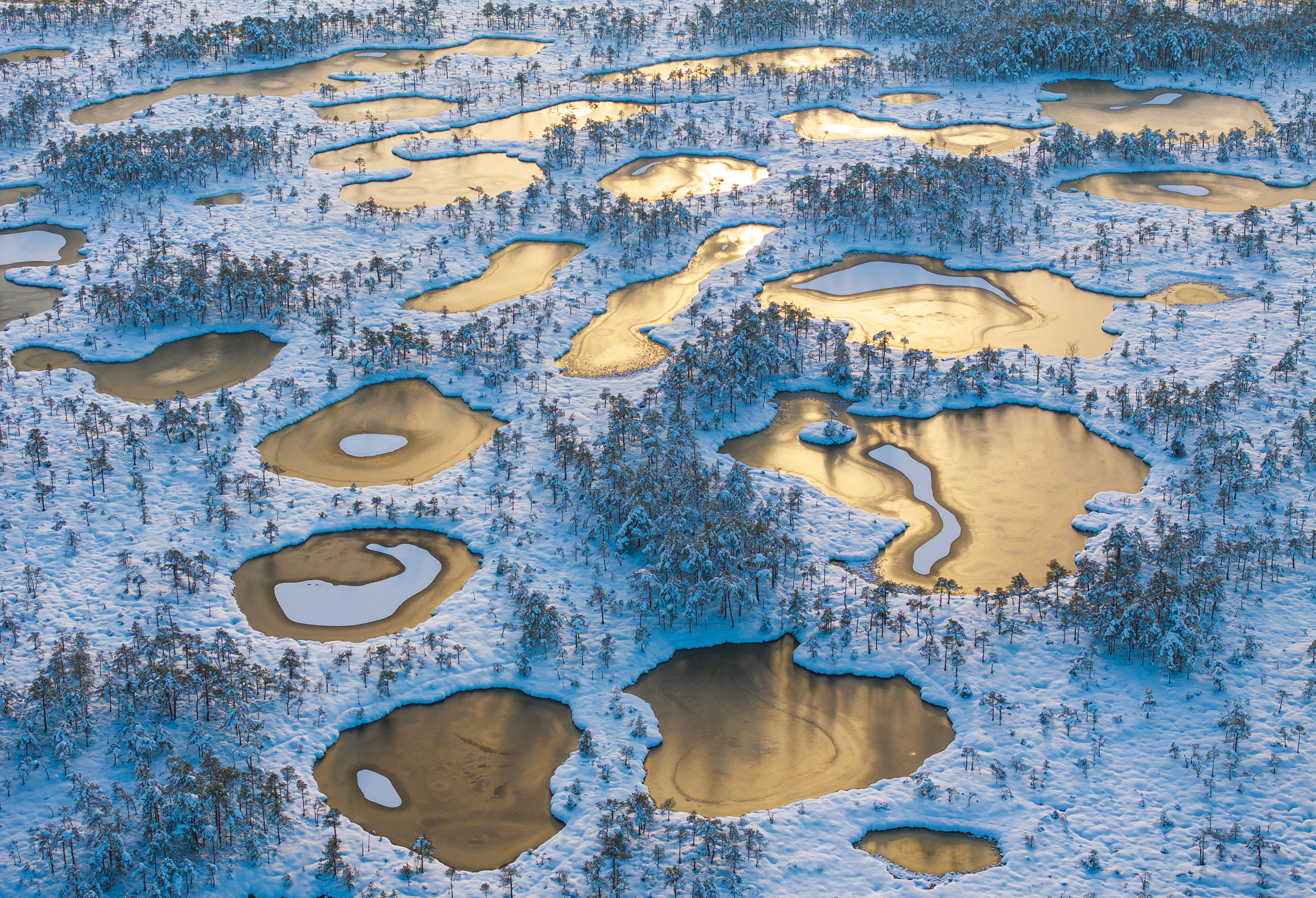
Many photographers build their career by finding a niche and staying in it. One, though, has spent five decades systematically ignoring this advice. And the results, collected in TASCHEN's new limited-edition monograph Albert Watson: KAOS, make a compelling argument that specialization might be overrated.
The book opens with Albert Watson's breakthrough: a 1973 portrait of Alfred Hitchcock holding a plucked goose for Harper's Bazaar. From there, it moves swiftly through celebrity portraits (David Bowie, Steve Jobs, Mick Jagger), fashion editorials for Vogue, nudes that push physical boundaries, still lifes of Elvis's gold suit and Tutankhamun's golden glove, landscapes of his native Scotland, and documentary work from China to Morocco. It's a portfolio that would seem scattered and chaotic, if it weren't so consistently excellent.
What holds this eclectic work together isn't a signature style in the conventional sense. Watson doesn't impose the same aesthetic on every subject. Instead, he brings what former Christie's photography head Philippe Garner describes as "graphic clarity"; an ability to distill each subject to its essence through meticulous craft. Whether photographing a Las Vegas dominatrix or a Scottish landscape, Watson captures both surface and depth simultaneously.
Back story
So how did he get here? Watson trained first in graphic design at Duncan of Jordanstone College in Dundee, then studied film at London's Royal College of Art. He only picked up a camera in 1964 when his wife Elizabeth gave him one. Using it, he says, didn't come naturally. "I was usually very disappointed with the results," he admits. "So I did learn technique, and I am still learning."
That graphic design foundation proves crucial. Watson cites influences like Saul Bass and Milton Glaser: graphic designers who understood how visuals could fix messages in viewers' minds. His film training taught him to think in narrative terms and handle complex productions. The result is a photographer who approaches each project as problem-solving; constructing realities before his lens rather than simply capturing what's there.
Today, his technical execution remains resolutely analogue. He rejects what he calls "Photoshop trickery", insisting that whatever he conceives must exist, either found or built, before his camera. "I have always been a printer," he adds. "I have printed everything myself." Even after moving to digital capture, he brought everything in-house to control every stage while maintaining film capability.
Work ethic
For photographers wondering how Watson sustained this pace (over a hundred Vogue covers, countless editorial features, commercial campaigns and personal projects spanning continents), the answer lies in his Scottish Protestant work ethic. "I am a worker," he states simply. His schedule might involve two weeks shooting fashion in Paris, then Cairo for a personal project, back to Paris for L'Oréal, then LA for a movie poster. He's been "thinking photographs every day for over 40 years".
The best camera deals, reviews, product advice, and unmissable photography news, direct to your inbox!
Interestingly, Watson's pursues personal projects between commercial jobs. His 1978 documentation of Canadian cowboy culture, his six-week reportage in China just as it opened after Mao's isolation, his Morocco project; these weren't just escapes from commercial work but essential to his development. The discipline he learned shooting Elvis's possessions at Graceland, for instance, informed his later monumental still lifes of Tutankhamun's artifacts.
The KAOS Collector's Edition comes bound in faux chimpanzee fur, a typically eccentric Watson touch, along with 408 pages spanning his career. It includes an essay from Phillippe Garner, extensive Watson quotes, and previously unpublished Polaroids from his archives, which highlight how he tests concepts before final exposures.
In an era pushing photographers toward narrow specialization and high-volume output, Watson's career offers a different model. Not the romantic notion of following your dreams, but the disciplined pursuit of craft across multiple genres, treating each project as a unique problem. As Vogue's Grace Coddington once asked him, "Does every shot have to be monumental?" Watson's answer, then and now: "Yes, it has to be."
Albert Watson Kaos is published by Taschen on November 28 in the UK for £125, and goes on sale in the US from January for $150.
Tom May is a freelance writer and editor specializing in art, photography, design and travel. He has been editor of Professional Photography magazine, associate editor at Creative Bloq, and deputy editor at net magazine. He has also worked for a wide range of mainstream titles including The Sun, Radio Times, NME, T3, Heat, Company and Bella.
You must confirm your public display name before commenting
Please logout and then login again, you will then be prompted to enter your display name.



